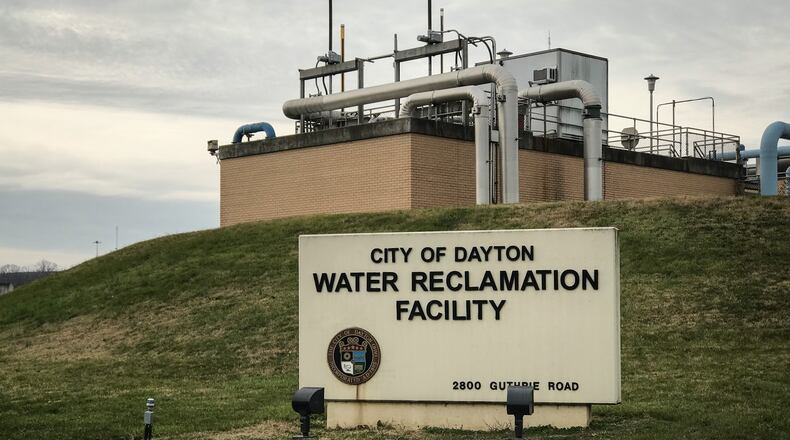The sampling of Dayton’s sewer collection system for PFAS is the only state-led study of its kind happening in Ohio, according to the Ohio EPA.
PFAS (per- and polyfluoroalkyl substances) are a group of chemicals that are very difficult to break down due to their chemical composition, which consists of strong bonds of fluorine and carbon atoms. These chemicals are heat-resistant, and also toxic.
The federal EPA earlier this year adopted new drinking water standards for the toxic chemical group, giving public water systems throughout the country five years to craft and implement plans to come into compliance with contamination limits.
Dayton is the region’s largest water provider, supplying drinking water to the city and hundreds of thousands of residents in Montgomery and Greene counties. PFAS has been detected in the city’s public water system above the EPA’s new limits of 4 parts per trillion.
The Ohio EPA and Dayton city officials identified locations that fit the U.S. EPA’s criteria of facilities that have a potential to discharge PFAS in their wastewater effluent.
This ranges from chrome plating facilities, airports or spaces that are used for firefighting training, recreational product companies, semiconductor manufacturers, paper producers, landfills and more.
CT Consultants, Inc., hired by the Ohio EPA, recently finished sampling. Ohio EPA officials said they expect to receive results from the study by the end of the summer.
This analysis comes after a statewide study that began in 2020 to test for PFAS compounds in 1,550 public water systems throughout Ohio.
As part of the H2Ohio Rivers program, Ohio is also completing a statewide survey to measure its large rivers for the existence of PFAS by sampling water and tissue of aquatic life.
Research about the impact of PFAS on human health is ongoing, but multiple studies link PFAS to liver, bladder and even certain kinds of lung cancer, as well as issues related to the immune system.
Exposure to PFAS in utero may also have an impact on developing children, with effects that aren’t reversible, according to the Centers for Disease Control and Prevention.
About the Author

